- Reaction score
- 12,249
- Points
- 1,160
So this image accompanied an article about a unit being stood up with 40 Pickups and 40 UAVs. The inclusion of the two helicopters stood out for me.
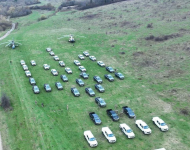
Shortly after the US authorized the transfer of 40 armoured riverine/littoral patrol boats to the Ukraine (concurrent with reports of Kinburn activity) the UK announced a donation of 3 Sea Kings (Junglies?) to the Ukraine.
In the article on the Falklands
I would note that in the Falklands the Brits only had a couple of Bv202s (early variants of the 206s) and no ATVs/Quads as well as inadequate vertical lift assets. Nor did they have air drops or JPADS landing systems.
They most certainly did not have lots of trucks.

Shortly after the US authorized the transfer of 40 armoured riverine/littoral patrol boats to the Ukraine (concurrent with reports of Kinburn activity) the UK announced a donation of 3 Sea Kings (Junglies?) to the Ukraine.
In the article on the Falklands
The ground-based Rapier air defense system was intended to mitigate the risk of air attack in the absence of air superiority. The terrain best suited for the Rapier to perform this function was inaccessible by ground vehicles and the system itself was too heavy to be hand-carried. As a result, the commander of the amphibious battle group, Michael Clapp, was compelled to dedicate limited assets “to supply the Rapiers with one Sea King on permanent call for the delivery of stores and petrol for their generators.”
it took 82 Sea King sorties to transport a single battery of six 105-millimeter howitzers and its required ammunition.
I would note that in the Falklands the Brits only had a couple of Bv202s (early variants of the 206s) and no ATVs/Quads as well as inadequate vertical lift assets. Nor did they have air drops or JPADS landing systems.
They most certainly did not have lots of trucks.


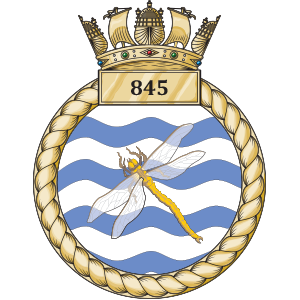







:quality(70)/cloudfront-us-east-1.images.arcpublishing.com/archetype/EZI5ROUSZRB3RKPUZVRYXR4QEI.jpg)

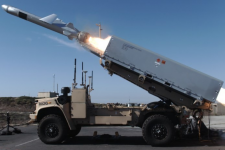

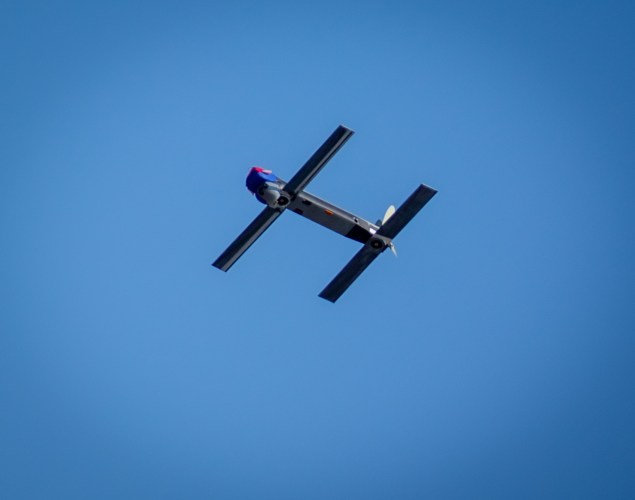
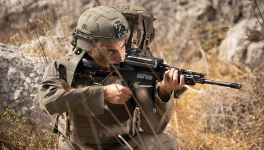

:quality(70)/cloudfront-us-east-1.images.arcpublishing.com/archetype/5YJZYOF2CBHPNDZ7E3ZJL2AA7U.jpg)
